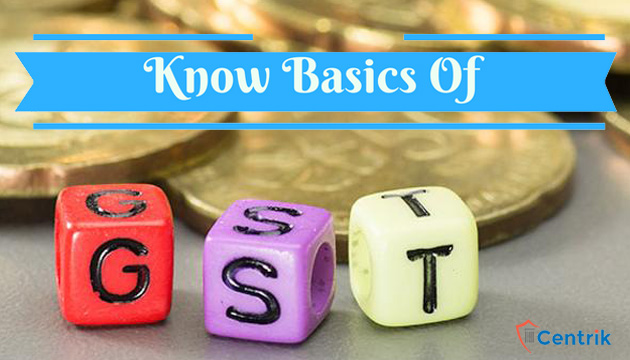
- Single tax rate for a product or service in any part of the country (except J&K].
- The following 17 different indirect taxes will be subsumed under GST.
| Central taxes | State taxes |
| 1. Central Excise Duty. | 9. State VAT. |
| 2. Duties of Excise (Medicinal and Toilet Preparations]. | 10. Central Sales Tax. |
| 3. Additional Duties of Excise (Goods of Special Importance]. | 11. Purchase Tax. |
| 4. Additional Duties of Excise (Textiles and Textile Products]. | 12. Luxury Tax. |
| 5. Additional Duties of Customs (commonly known as CVD]. | 13. Entry Tax (All forms]. |
| 6. Special Additional Duty of Customs (SAD]. | 14. Entertainment Tax (except those levied by the local bodies]. |
| 7. Service Tax. | 15. Taxes on advert is ements. |
| 8. Cesses and surcharges in so far as they relate to supply of goods or services. | 16. Taxes on lotteries, betting and gambling. |
| 17. State cesses and surcharges in so far as they relate to supply of goods or services. |
- Better compliance for trade and industry sector.
- Seamless flow of credit across the value chain.
- Removal of cascading effect.
- Dual GST (Central GST & State GST) and Integrated GST (IGST)
- Tax rates: 5%, 12%, 18% &28%
- Destination based tax
- Taxable event – SUPPLY
- Threshold exemption limit: Rs 20 lakhs & Rs 10 lakhs (for special category States & North Eastern States)
- Composition scheme threshold: Rs 50 lakhs
- Pan based registration
- Tax can be deposited by internet banking, NEFT/RTGS, debit card, credit card & Over the Counter (OTC).
- Goods and service tax network (GSTN], the technology backbone of GST. It provides IT infrastructure and services to the Central and State Governments, taxpayers and other stakeholders for implementation of the Goods and Services Tax (GST)
- GST Suvidha Provider (GSP) is an online compliance platform which will enable the taxpayer to comply with the provisions of the GST law through its web platform.




 join For Updates
join For Updates